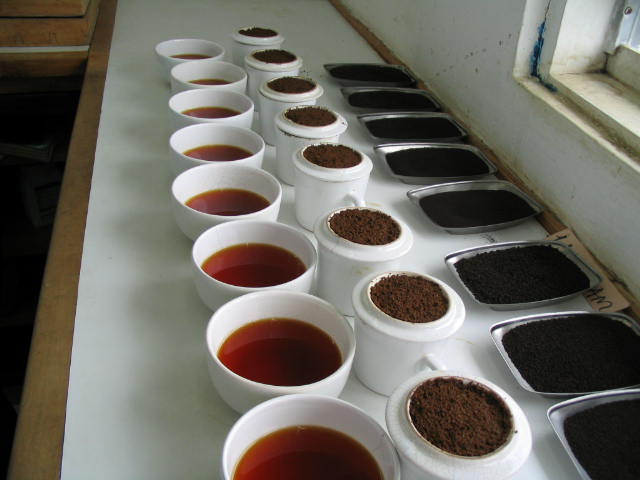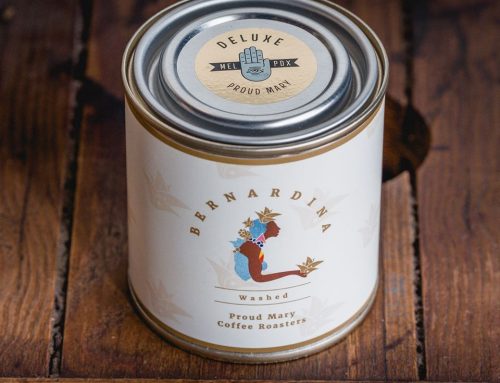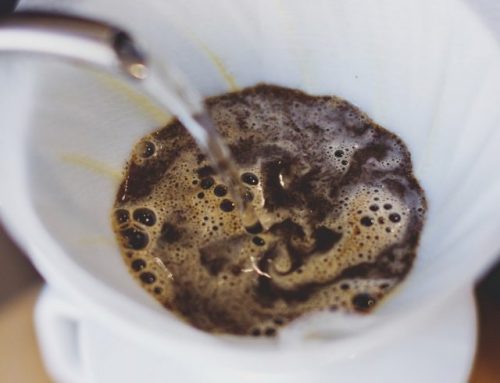No, we’re not talking about traditional Chinese medicine that uses glass cups and suction that cures muscle pain. Instead, we’ll be discussing coffee tasting, which professionals refer to as coffee cupping.
We can dive deeper into this craft and use coffee cupping to better understand a specific type of coffee. It is a precise, consistent method to assess a coffee’s different characteristics.
Oftentimes, coffee cupping allows for an accurate comparison from one type of coffee to others. There are several universally recognized parameters, like smell and taste, that professionals all over the world use to evaluate coffee.
It’s vital to follow these standards as closely as possible in order to maintain the most accurate coffee tasting. In fact, coffee cupping is very similar to wine tasting and professionals take the practice very seriously.
Why Cup?
A lot goes into coffee before it reaches your morning cup. Professionals use coffee cupping to assess coffee throughout the roasting process but it’s most often used to determine the best coffee blend.
A coffee’s flavors can hugely differ depending on an unlimited number of variables like region, growing practices, and processing methods. This is why professionals heavily rely on cupping to best develop consistent blends.
However, don’t let the experts be the only ones that get to practice coffee cupping. An increasing number of coffee enthusiasts are experimenting with cupping either to create their own blends, or to simply experience coffee in a more basic form.
What Are You Looking For in Coffee Cupping?
Coffee-cupping greatly amplifies any issues surrounding coffee tasting. Coffee brewed with a French Press, for example, slight defects in the coffee would go unnoticed. Nevertheless, it’s important to maintain consistency with your cupping methods in order to observe the most accurate differences between cups.
In general, there are nine different elements that go into coffee cupping. These elements are aroma, flavor, aftertaste, acidity, body, balance, sweetness, uniformity, and cleanliness.
There are usually three to four steps in a traditional coffee cupping process. These include observations of unground dry beans, wet beans, mouth feel, and the finish.
Overall, coffee cupping is quite complex but is an effective, fun way to evaluate and compare coffees. The simplest way to understand coffee cupping is to experiment with it yourself.Many third wave coffee houses offer cuppings (sometimes for free!) that offer enthusiasts a glimpse into the professional work of the industry. If you can’t find one, ask around. Most knowledgeable baristas will be able to point you in the direction of one.
If you’re in the Bay Area, be sure to check out Red Rock Coffee in Mountain View, and Four Barrel Coffee in San Francisco. We love classes from Four Barrel, it’s always a lot of fun and thorough.






